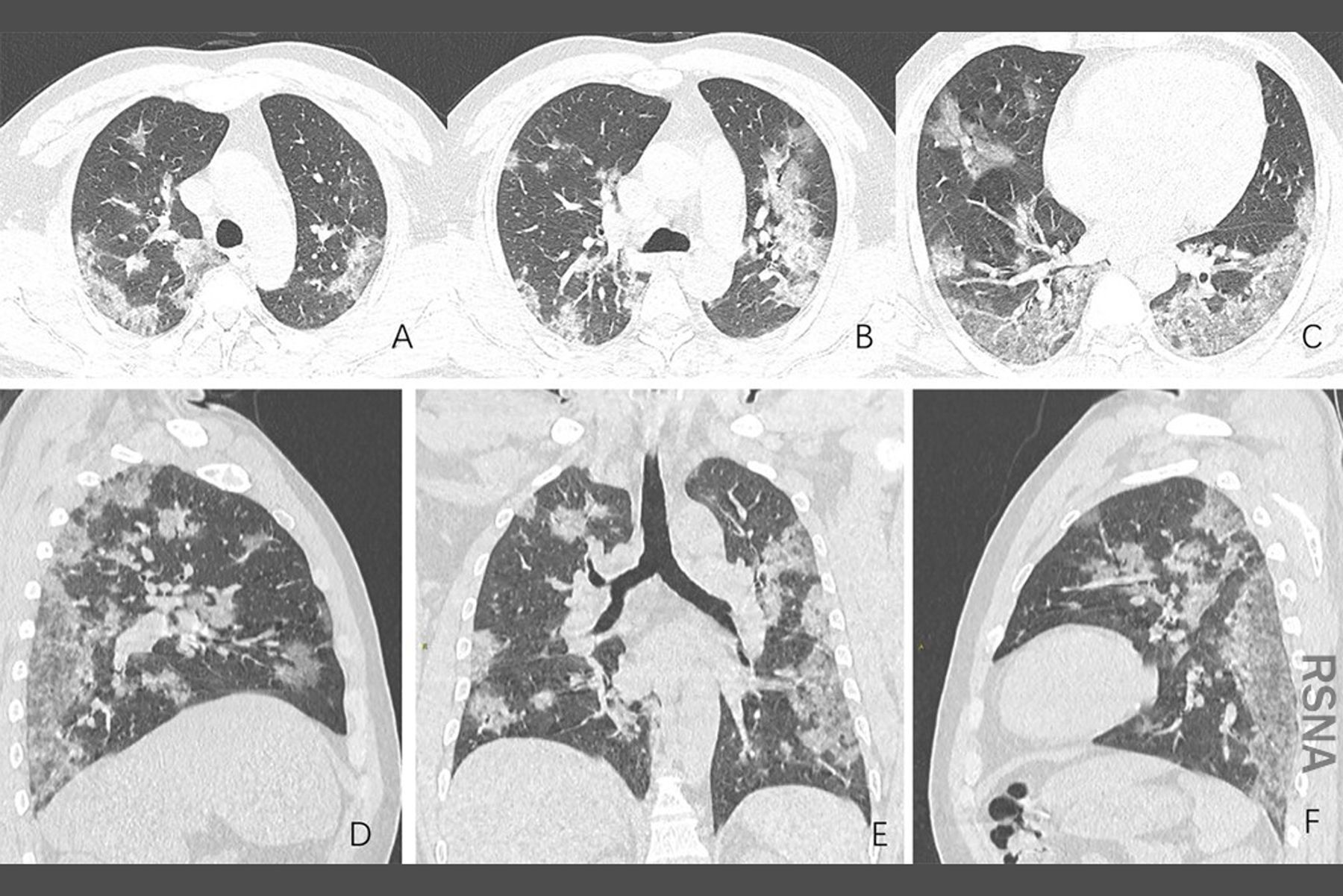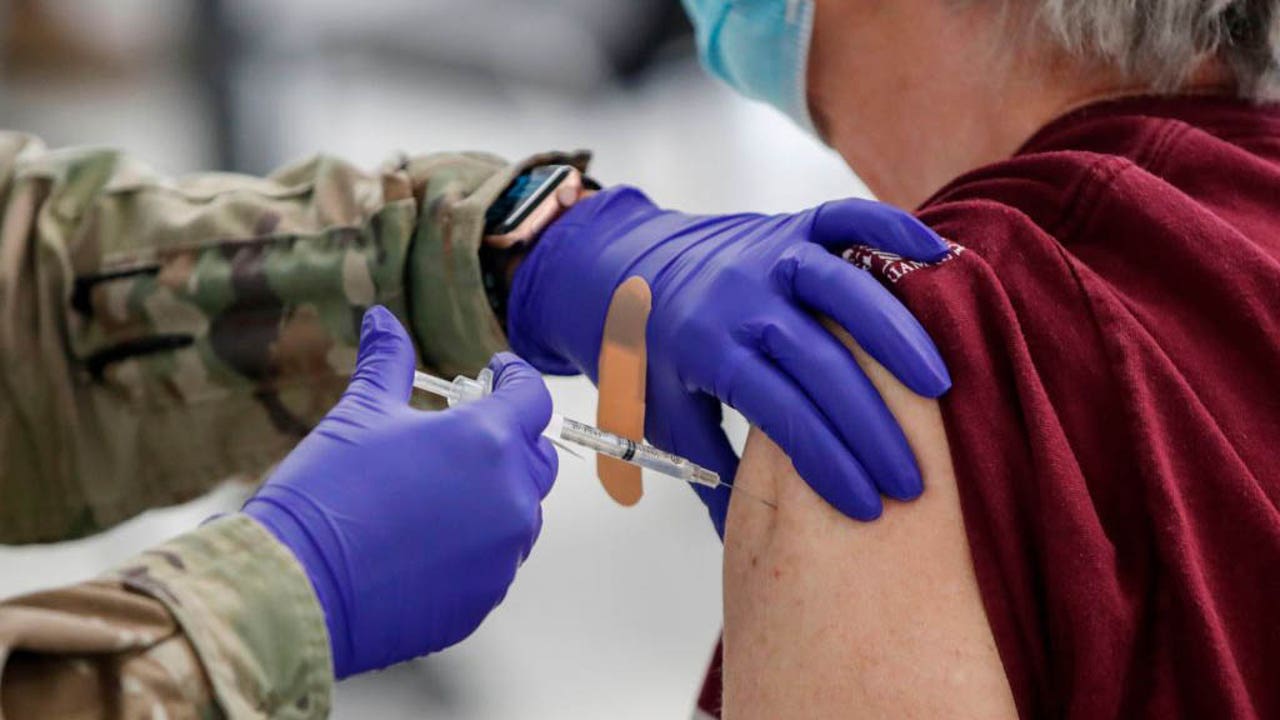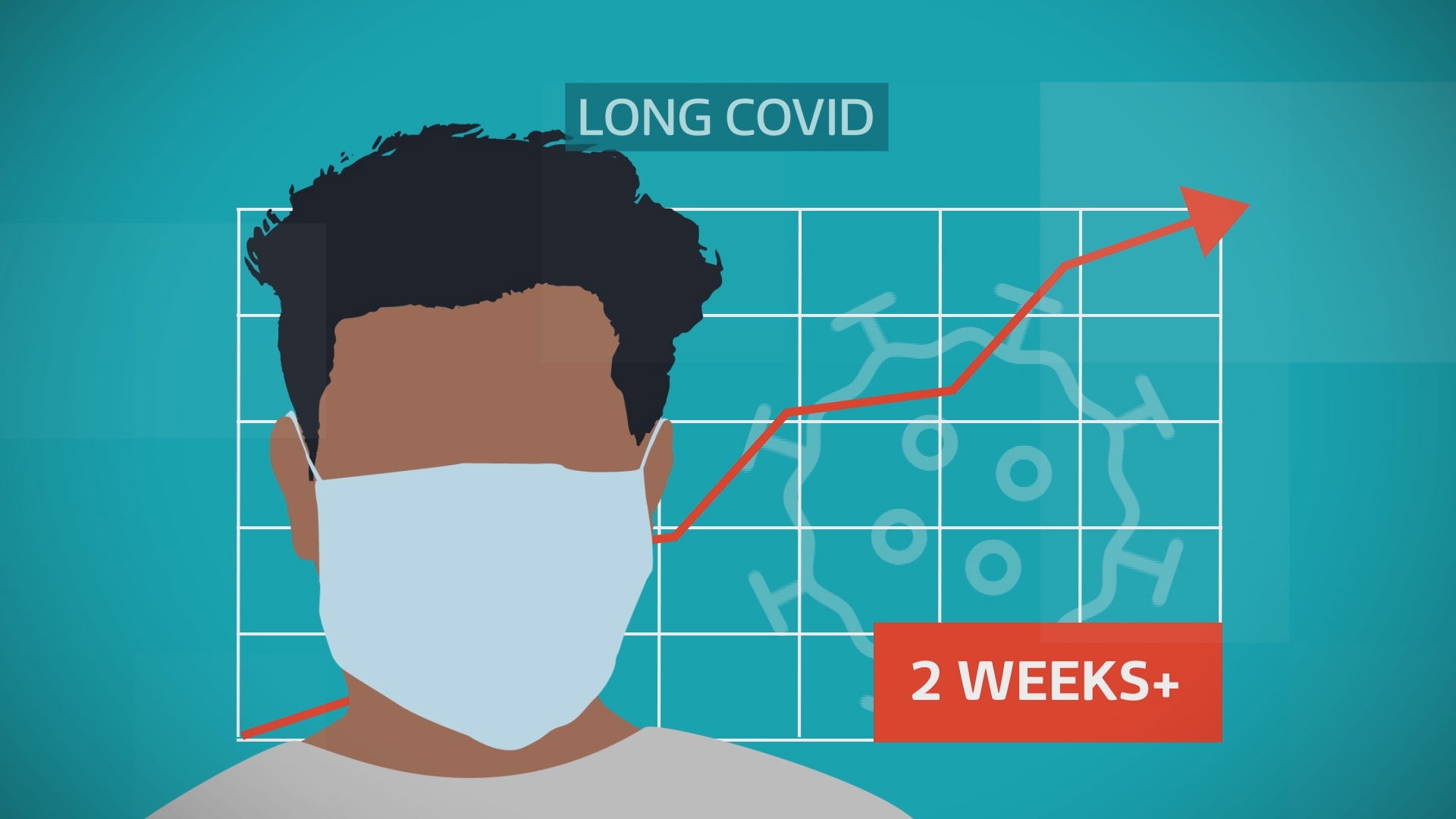



Based on the data supporting each of these authorizations, the bivalent COVID-19 vaccines are expected to provide increased protection against the currently circulating omicron variant.For each bivalent COVID-19 vaccine, the FDA based its decision on the totality of available evidence, including extensive safety and effectiveness data for each of the monovalent mRNA COVID-19 vaccines, safety and immunogenicity data obtained from a clinical study of a bivalent COVID-19 vaccine that contained mRNA from omicron variant BA.1 lineage that is similar to each of the vaccines being authorized, and nonclinical data obtained using a bivalent COVID-19 vaccine that contained mRNA of the original strain and mRNA in common between the BA.4 and BA.5 lineages of the omicron variant.In June, the agency’s Vaccines and Related Biological Products Advisory Committee voted overwhelmingly to include an omicron component in COVID-19 booster vaccines. and are predicted to circulate this fall and winter.

The BA.4 and BA.5 lineages of the omicron variant are currently causing most cases of COVID-19 in the U.S.The authorized bivalent COVID-19 vaccines, or updated boosters, include an mRNA component of the original strain to provide an immune response that is broadly protective against COVID-19 and an mRNA component in common between the omicron variant BA.4 and BA.5 lineages to provide better protection against COVID-19 caused by the omicron variant.The monovalent COVID-19 vaccines that are authorized or approved by the FDA and have been administered to millions of people in the United States since December 2020 contain a component from the original strain of SARS-CoV-2. The Pfizer-BioNTech COVID-19 Vaccine, Bivalent, is authorized for use as a single booster dose in individuals 12 years of age and older. The Moderna COVID-19 Vaccine, Bivalent, is authorized for use as a single booster dose in individuals 18 years of age and older. The bivalent vaccines, which we will also refer to as “updated boosters,” contain two messenger RNA (mRNA) components of SARS-CoV-2 virus, one of the original strain of SARS-CoV-2 and the other one in common between the BA.4 and BA.5 lineages of the omicron variant of SARS-CoV-2. Food and Drug Administration amended the emergency use authorizations (EUAs) of the Moderna COVID-19 Vaccine and the Pfizer-BioNTech COVID-19 Vaccine to authorize bivalent formulations of the vaccines for use as a single booster dose at least two months following primary or booster vaccination. According to Northwestern University, 23% of American households have experienced food insecurity, almost twice as many as before the pandemic.Today, the U.S. In the United States, reports of traffic jams at food banks have been difficult to comprehend. According to the World Bank, approximately 300 million people in 35 countries are experiencing some form of food insecurity as a result of the pandemic, an increase of over 110 million people in one year. The pandemic has increased the global population who cannot access the food they want. One of these is food security, which has been severely affected by the Covid-19 pandemic.Food security refers to an individual’s ability to daily consume preferred, safe, and nutritious food that enhances life. Something I’ve reflected on quite a bit lately is the way in which the impacts of Covid-19 have reverberated throughout global society and affected well-being in ways that go beyond the direct health consequences of infection. In Syria, the cost of food staples such as vegetables and bread rose by more than 200% from 2019 to.


 0 kommentar(er)
0 kommentar(er)
